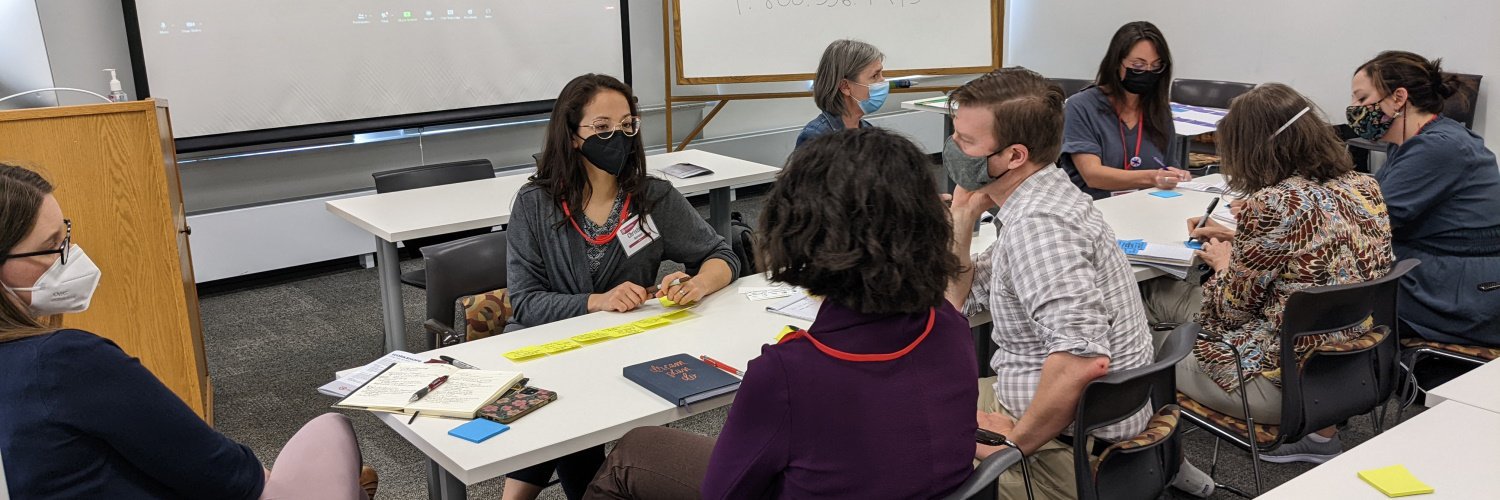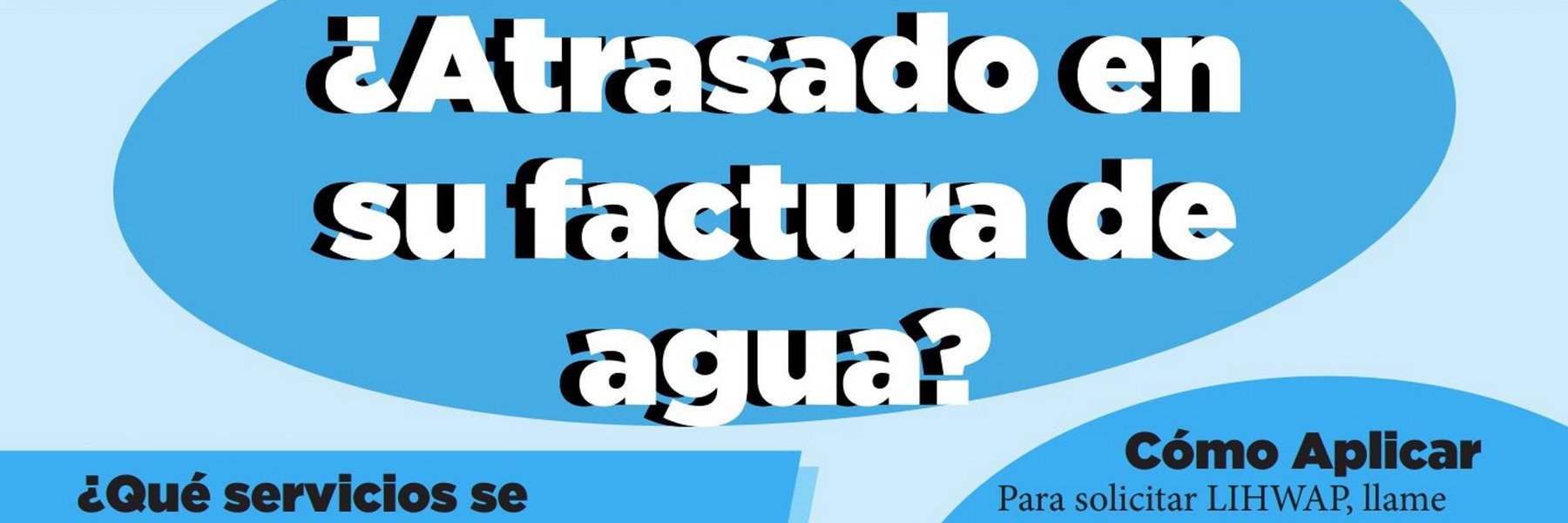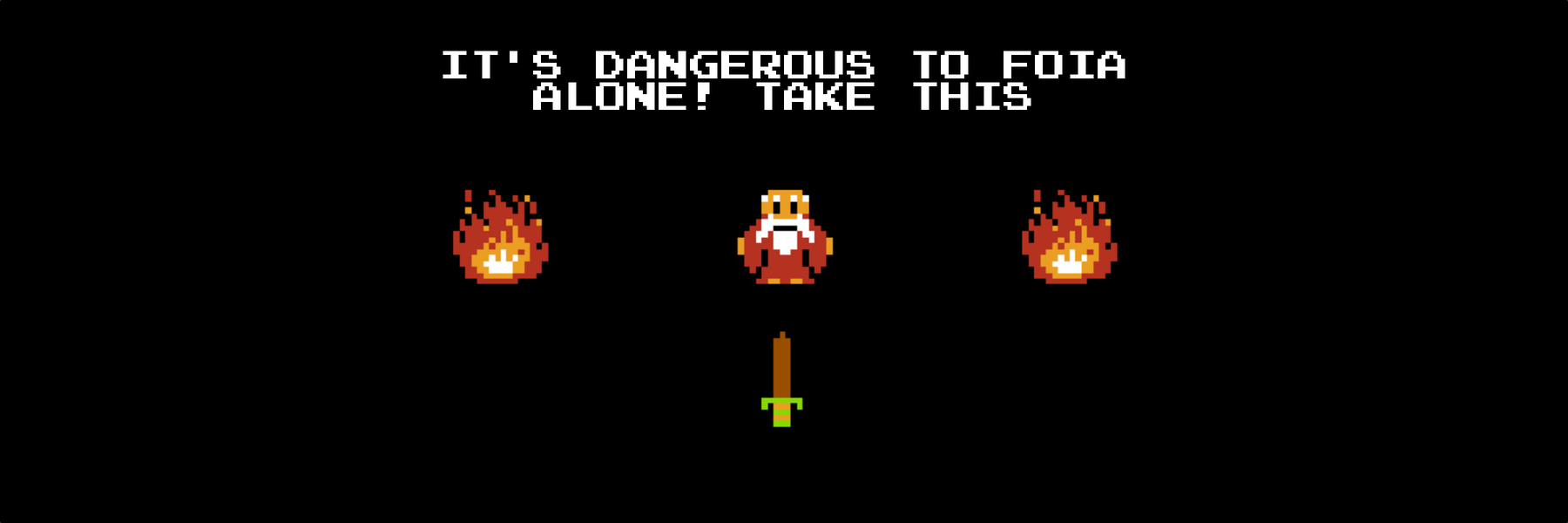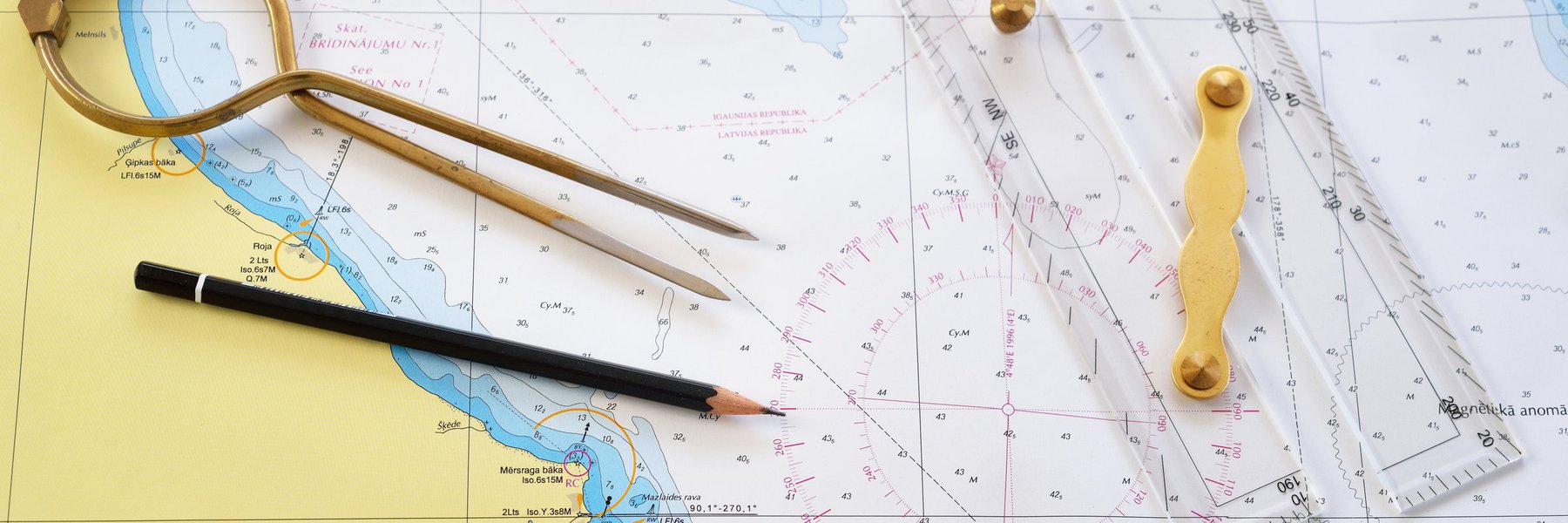More newsrooms are working together — and with a range of other organizations — to help inform the public and tackle larger, more complex stories. We know that first hand, with recent collaborations focusing on COVID-19, air pollution in Chicago and a range of other issues.
But like anything else, collaboration takes planning. As more news organizations move to work together, it’s important to spell out how to proceed and why. Having a collaborations policy developed before approaching partners allows a news organization to maintain focus and identify ideal conditions for collaboration.
Last Friday, I joined Heather Bryant of Project Facet to co-facilitate a workshop on crafting collaborations policies at the 2022 Collaborative Journalism Summit. Journalists and collaborative project managers offered insights based on their experiences.
The workshop serves as the first of three this summer to establish some standards around collaborations, while developing templates for policies and memoranda of understanding (MOU) to help frame the work. This session focused on crafting a public policy so those we serve (and those we wish to work with) know where partner organizations stand.
Here are some key takeaways collected from the workshop’s participants:
Agree on definitions and objectives. Even though many organizations come to potential collaborations with sincere intentions, they may be held in different degrees of importance as you sit around the table. It’s important to ensure everyone is on the same page in terms of why the project should be undertaken as the reasons organizations may choose to collaborate. It’s also important that everyone involved agrees on how they define collaboration. It’s especially important as you have organizations of different sizes and resources attempting to tackle something they would normally be unable to do on their own. It also helps to leverage existing policies like style guides and ethics policies (we just unveiled our revised ethics policy last month).
Spell out the structure of the project. All of it. Partners should be able to agree on the expectations of participants, how they will make decisions about aspects of the reporting project and how the reporting will be shared. Will stories be allowed to sit behind a paywall? How will you ensure access to the reporting to those who aren’t necessarily your primary readers but are still affected by the issue at hand? How will participating organizations approach attribution? How will the project be marketed to the public? Specific to projects leveraging large amounts of data: who will host the data?
Knowing how you’ll end is as important as how you begin and maintain the collaboration. I’ve long heard people talk about how to determine sustainability for a collaboration, but the workshop participants continuously focused on identifying how to end a project as well. This requires spelling out what success looks like during the reporting period and how partners will know it makes sense to continue moving forward. It also shows the community a level of transparency about not wanting to force a narrative or story simply because it was the original reason for coming together in the first place.
The event was hosted by the Center of Cooperative Media at Montclair State University, which offers a range of research and resources for reference as you move forward with your projects.
What do you think? What’s missing from this overview? Share what you think would be helpful in a standard collaborations policy by sending me a note at andre@muckrock.com. You can also sign up for the next workshop session, currently scheduled for June 21 at 1 p.m. ET/10 a.m. PT as a virtual gathering.




